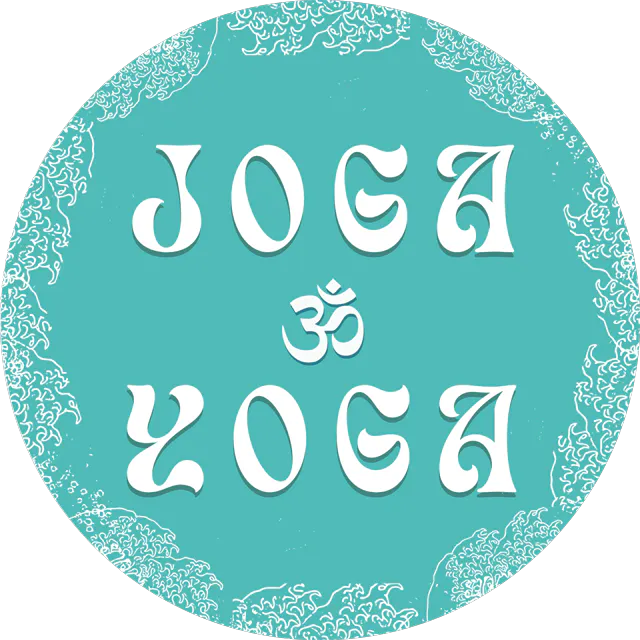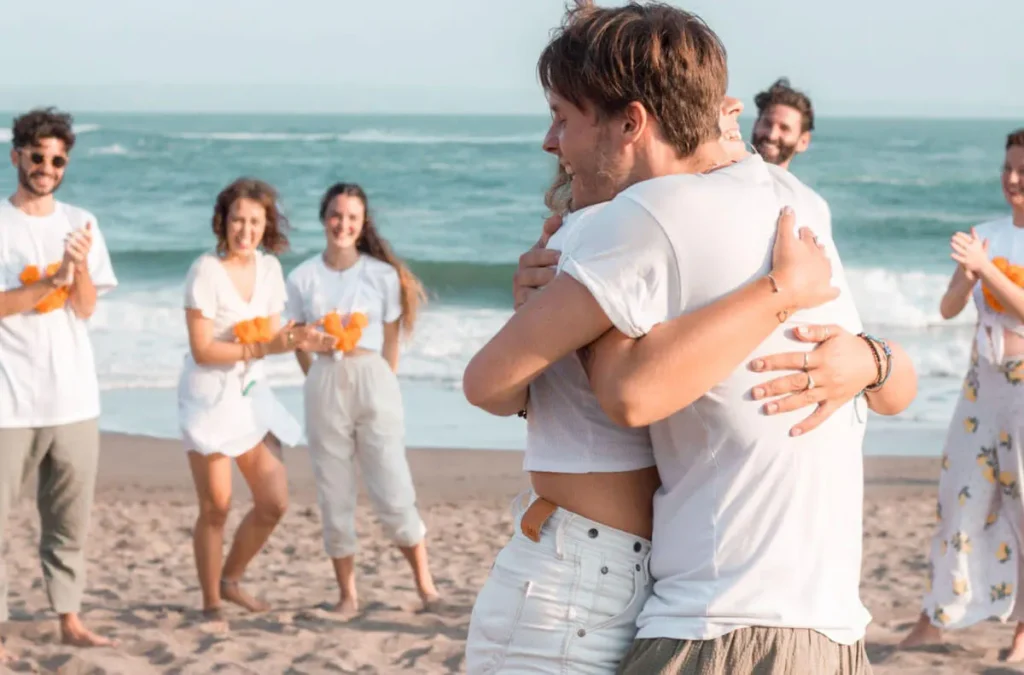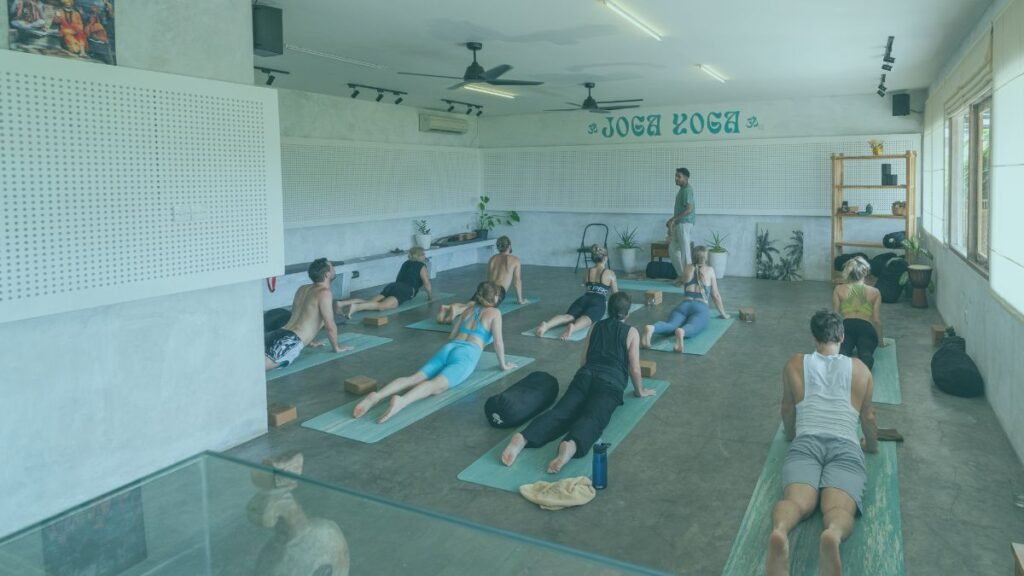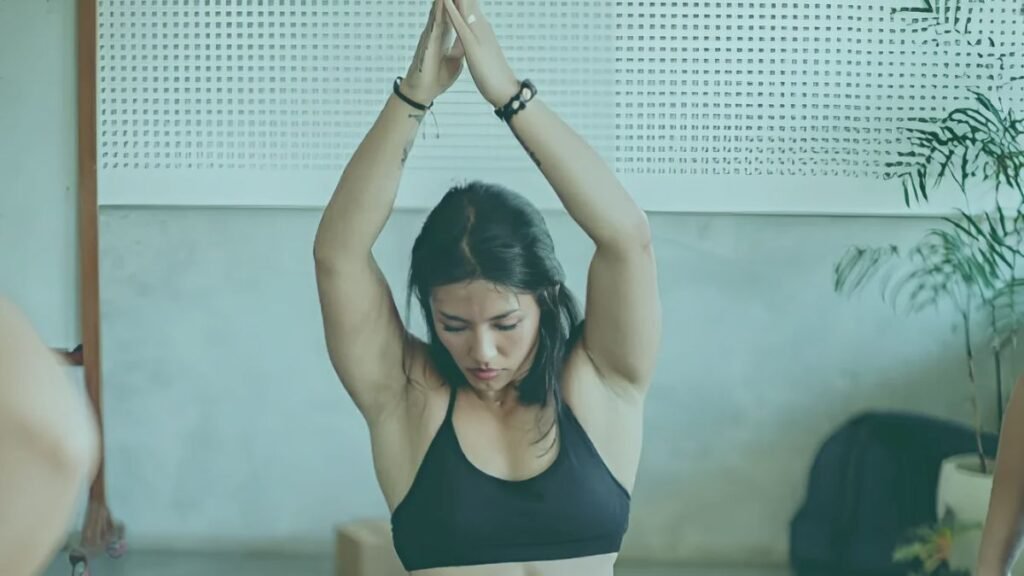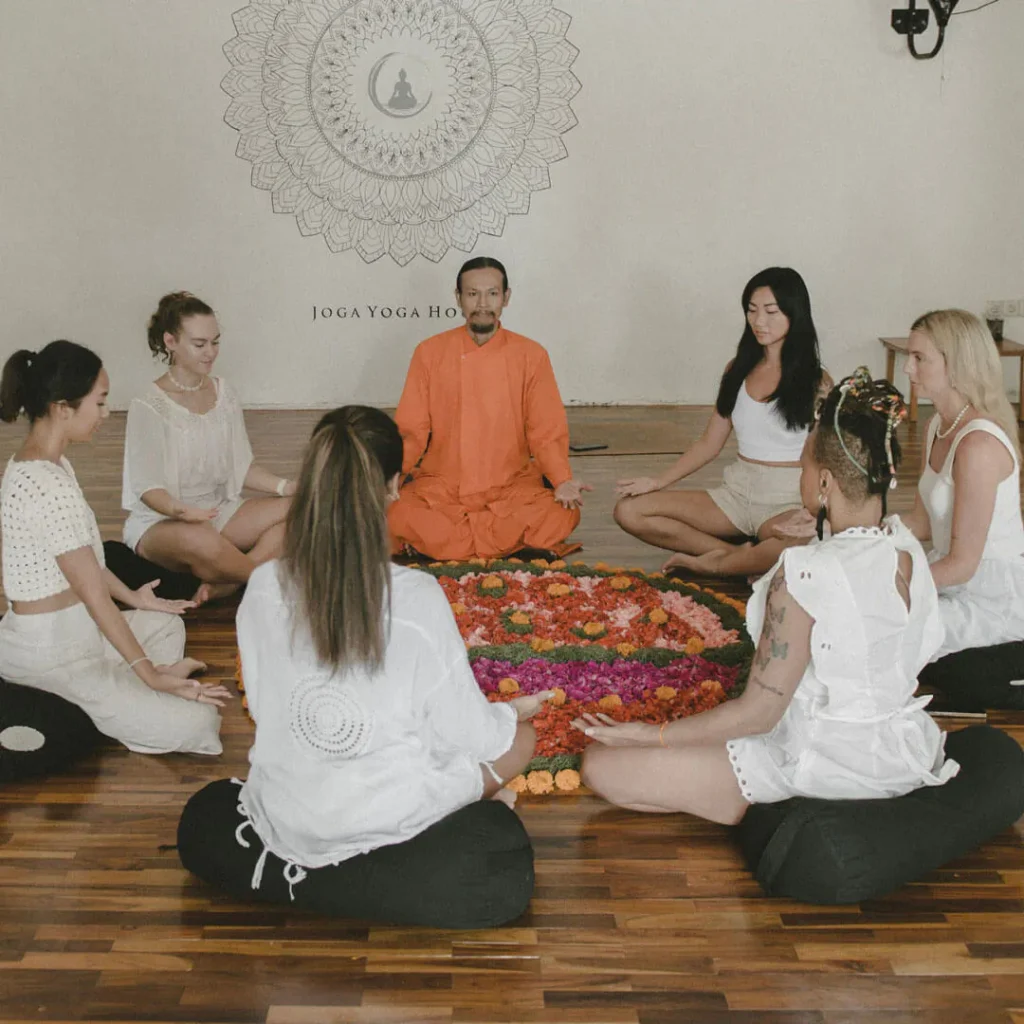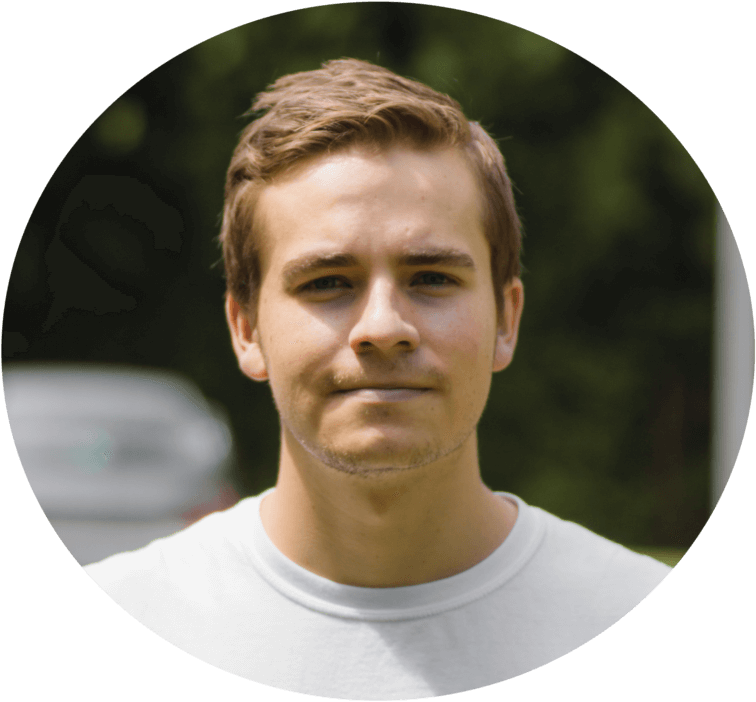Yoga is not just stretching. It is a complete system that works on your body, breath, mind, and energy. To understand how yoga works, we need to look at the science of the body, the way the nervous system responds, and the traditional philosophy that yogis have followed for thousands of years.
Beyond Poses: Why Yoga Is More Than Stretching
Many people think yoga is only about bending and stretching, but the poses, called asanas, are just the beginning.
- Asanas are designed to prepare the body and mind for meditation, not to be the final goal.
- When you move through yoga poses, you engage muscles, fascia, and joints, which improves mobility and strength.
- Unlike a workout at the gym, yoga connects each movement with the breath and awareness, helping you stay present and mindful.
Yoga is not only about what your body does on the outside. It is also about how your mind and breath connect with your body on the inside.
Fact: MRI scans show regular yoga practitioners have more gray matter in regions for attention and memory (NIH, 2012).
The Role of Breath in Yoga
Breathing is central to yoga practice. In fact, yoga teaches us that the way we breathe can change how both the body and the mind feel.
- Slow, deep breathing helps control the nervous system, especially the parasympathetic system, which is also known as the “rest and relax” mode. This is why yoga is so calming.
- In yoga philosophy, the breath carries prana, or life energy, through the body. This idea explains why breath is seen as the bridge between body and mind.
- Breathing practices like alternate nostril breathing (Nadi Shodhana) help balance the two sides of the brain, reduce stress, and improve focus.
When you connect breath with movement, yoga turns into more than exercise. It becomes a practice that supports both mental clarity and inner peace.
Energy Anatomy: Chakras, Nadis, and Inner Flow
Yoga is not only about the muscles and joints. It also explains how energy moves through the body.
- In traditional yoga, energy flows through invisible channels called nadis.
- Along these channels are chakras, which are energy centers that affect both the body and the mind. For example, some chakras are linked to emotions, while others are linked to creativity or focus.
- Breath, movement, and attention are used in yoga to guide this flow of energy. When the energy is balanced, the body feels stronger, the mind feels calmer, and you feel more alive.
Even if you do not fully believe in energy anatomy, many people experience a sense of balance and vitality when they practice yoga regularly.
The Mind-Body Connection
One of the most powerful effects of yoga is how it brings the mind and body together.
- Yoga teaches present moment awareness, which helps reduce overthinking and stress.
- Scientific studies show that regular yoga practice increases gray matter in the brain, which is linked to better memory, attention, and emotional balance.
- By combining movement, breath, and awareness, yoga creates a strong mind-body connection that can improve daily life, not just time on the mat.
This is why yoga is considered more than physical exercise. It is a tool for mental clarity and emotional well-being.
How Transformation Happens Through Practice
Yoga works step by step, following a clear pathway:
- First, the poses (asanas) prepare the body.
- Then, the breath (pranayama) calms the nervous system.
- Next comes meditation, which trains the mind to be still and focused.
- Finally, the practice leads to inner stillness, a state of peace and balance.
With time, this process can rewire both the body and the mind. People often notice less stress, better health, improved sleep, and more emotional balance.
This system has been refined by yogis for over 2,000 years, which is why yoga continues to be one of the most trusted practices for personal transformation.
Benefits Explained as the Result of Mechanisms
The benefits of yoga are not random. They are the direct result of how yoga works on the body, breath, and mind together.
- Stress Relief: Slow, mindful breathing activates the parasympathetic nervous system, which helps the body relax and lowers stress.
- Mental Clarity: By training focus through poses and meditation, yoga reduces distractions and improves concentration.
- Flexibility and Strength: Consistent practice changes muscles, joints, and fascia, making the body stronger and more flexible.
- Emotional Balance: Breathwork and energy practices calm the mind, lift mood, and create a sense of inner stability.
These outcomes show that yoga is more than exercise. It is a complete system that improves both physical health and emotional well-being.
Practical Steps to Experience How Yoga Works
Understanding yoga is one thing, but practicing it is where the change happens. Here are some simple ways to begin:
- Start with Hatha or Vinyasa classes. These styles are beginner-friendly and help you connect breath with movement.
- Practice two to three times a week. Consistency matters more than long sessions.
- Pay attention to your breath. Instead of just focusing on poses, let the breath guide each movement.
- End with meditation or pranayama. A few minutes of guided breathing or stillness can boost the benefits of your practice.
Even small steps can help you feel calmer, stronger, and more focused in everyday life.
Ready to Experience How Yoga Really Works?
Learning about yoga is powerful, but the real transformation happens on the mat, guided by experienced teachers.
At Joga Yoga in Bali, we’ve been training yogis from around the world since 2017. Our Yoga Alliance–certified teacher training programs are designed not only to help you master asanas, breathwork, and meditation, but also to deepen your understanding of yoga philosophy, anatomy, and the mind-body connection.
🌿 Why Joga Yoga?
- Daily authentic Hatha & Vinyasa practice
- In-depth training in anatomy, pranayama, and philosophy
- Small class sizes with personal attention
- International Yoga Alliance certification
- A peaceful yoga shala in Bali, minutes from the beach
👉 Explore Yoga Teacher Training in Bali with Joga Yoga
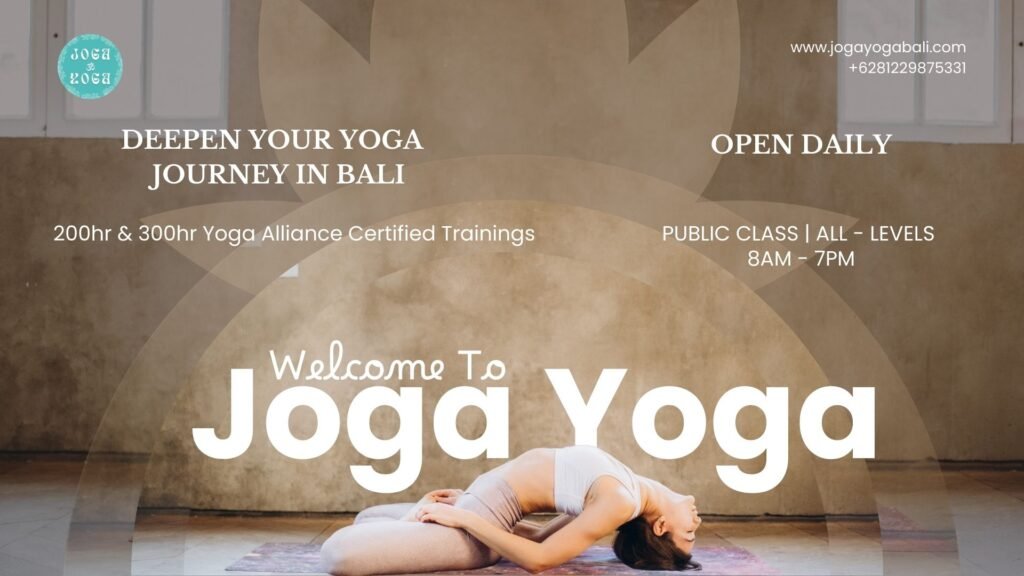
FAQs
Frequently Asked Questions (FAQs)
How exactly does yoga work in the body?
Yoga works by combining movement, breath, and focus. Poses strengthen and stretch muscles, breathing calms the nervous system, and mindfulness improves mental clarity. Together, these create both physical and mental balance.
How does yoga reduce stress?
Yoga reduces stress by slowing the breath and activating the body’s “rest and relax” system, also called the parasympathetic nervous system. This lowers stress hormones and helps you feel calm.
Can yoga improve mental health?
Yes. Studies show that yoga can reduce anxiety, improve mood, and boost focus. This happens because yoga trains the mind to stay present while also balancing hormones and brain activity.
How long does it take for yoga to work?
Most people feel benefits like better sleep, less stress, or more flexibility within a few weeks if they practice two to three times per week. Deeper changes in strength, focus, and emotional balance usually take a few months of regular practice.
Is yoga only about stretching?
No. Stretching is just one part of yoga. Real yoga also includes breathing exercises, meditation, and energy work. These are what make yoga a complete system for both body and mind.
Can beginners practice yoga safely?
Yes. Beginners can start with gentle styles like Hatha or Yin yoga. It is important to listen to your body, avoid forcing poses, and focus on breathing. With regular practice, flexibility and strength will grow naturally.
